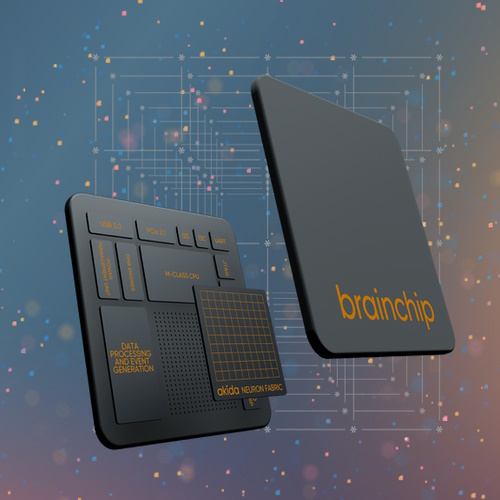I think someone published something about Brainchip AKIDA and SiFive X280 Intelligence Series being closely entwined:
“2023 a Breakout Year for RISC-V
Article By : SiFive
No longer just a tool for embedded, RISC-V has arrived, driven by innovation and adoption in the world's largest semiconductor manufacturers, global hyperscale data centers, and consumer device companies.
At SiFive, where we sit at the forefront of RISC-V, we see several interesting trends continuing to drive strong growth across the industry. Artificial intelligence (AI) and machine learning are becoming virtually ubiquitous, from the datacenter to consumer devices and the enterprise, requiring new architectures, data offload and management and low latency, all while carefully managing power consumption with the massive workloads.
In automotive, the fast growth of autonomous and electric vehicles (EVs) and the proliferation in chips in the vehicle from sensors, to safety, to drivetrain and entertainment, is also calling for new designs, flexibility and a support ecosystem that will be around for decades. In mobile and wearables, the capabilities of the devices is surpassing the quality of traditional cameras for instance with AI growing. And here, like elsewhere, footprint, power consumption, and performance have never been more critical.
All of these trends favor RISC-V with it’s superior compute density, flexibility, and high performance and growing ecosystem. RISC-V is now inevitable and, over the next few years, and you will see exciting advances as it moves from a mostly embedded application to critical functions in the highest performance chips, and the start-ups move to established companies with performance that in some cases already exceeds them. We believe the landscape will look very different over the next decade as RISC-V continues to grow. Already taught in the leading universities around the world, it is also being encouraged by governments in the United States, China, India, and Japan, among others, eager to help their domestic industries but also clearly seeing the benefits of the open architecture for the future of their products.
While there is considerable uncertainty in the macroeconomic environment, the chip shortages of 2021–2022 showed how the semiconductor industry is a part of every industry on the planet and companies from auto manufacturers to consumer companies to governments are investing to ensure their supply chains are able to withstand future impacts. Government investments like the Chips Act in the United States will serve to increase manufacturing capabilities and with more manufacturing and prototype capabilities, new innovations will flourish.
Take the AI Dataflow processor, for example, a RISC-V enabled chip that is being used in hyperscale datacenters to offload and manage critical AI data. This rearchitecting of the datacenter allows dramatically lowers latency and power consumption.
2023’s mantra might also be “power matters”. Across the board, we believe the industry is going to be talking a lot more about compute density, and the need for high performance processors that can also be built on a very small footprint and run at low power.
And this will be a breakout year for RISC-V. Companies are leveraging the RISC-V architecture and its proven high-performance and low-power usage across consumer devices like wearables, automotive, aerospace, and beyond. Last year, we saw announcements about the High Performance Space Compute project adopting RISC-V, and there is much more ahead. No longer just a tool for embedded, RISC-V has arrived driven by innovation and adoption in the world’s largest semiconductor manufacturers, global hyperscale data centers, and consumer device companies.”
It must be getting close to the point where I can say something positive without being called a fanboy or upramper.
My opinion only DYOR
FF
AKIDA BALLISTA

www.eejournal.com



